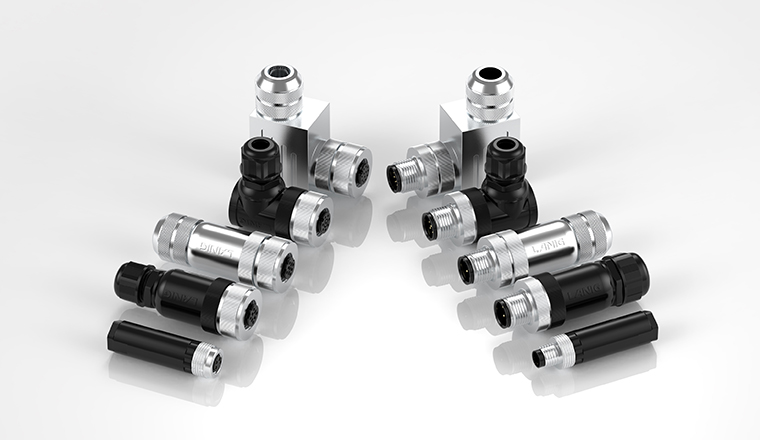Rail transit, as an important means of public transportation in modern society, is crucial for the efficient and safe operation of urban transportation networks. With the continuous advancement of technology, the application of sensor connectors in rail transit has become a key to enhancing the intelligence level of the system. They ensure the reliable connection between various sensors and control systems, providing a solid foundation for the safe operation and intelligent management of rail transit. Let's delve into the application of sensor connectors in rail transit and how they help the industry move towards a more intelligent future.
The Role of Sensor Connectors in Rail Transit
Sensor connectors act as bridges connecting sensors to control centers or onboard equipment in the rail transit system. These sensors are responsible for monitoring key information such as train operation status, track conditions, and environmental parameters. Sensor connectors ensure that this important data can be stably and rapidly transmitted to the central control system, supporting real-time monitoring and intelligent decision-making.
Improving the Precision and Safety of Vehicle Operations
In the rail transit system, sensor connectors are connected to speed sensors, position sensors, accelerometers, and other devices, enabling real-time monitoring of train speed and position, ensuring that trains operate according to the scheduled timetable and route. In addition, they can monitor the operational status of trains, such as axle temperature and brake system conditions, detecting potential faults in time and taking measures to effectively enhance the safety of vehicle operations.
Ensuring Continuous Monitoring of Track Facilities
Track maintenance is key to ensuring the safe operation of rail transit systems. By connecting with track temperature sensors, vibration sensors, current sensors, and more, sensor connectors can continuously monitor the condition of the tracks and the working state of the electrical system, promptly identifying issues such as track cracks and uneven settlement and relaying this information to maintenance personnel for predictive maintenance and timely repairs.
Achieving Intelligent Station Management
At stations, sensor connectors also play a significant role. They are connected to access control systems, passenger flow statistical sensors, environmental monitoring sensors, and more, providing secure entry and exit control for the station while collecting passenger flow information and environmental data to help station managers optimize operational strategies and improve the passenger experience.
Stability in Extreme Environments
Rail transit systems often face extreme environmental challenges, such as high and low temperatures, humidity, and vibration. Sensor connectors need to have excellent environmental adaptability and mechanical stability to ensure reliable data transmission under these conditions, maintaining the stability of the system.
As an indispensable part of the intelligentization of rail transit systems, sensor connectors not only enhance the real-time monitoring capabilities of the system but also greatly increase the safety of operations. With the development of the Internet of Things, big data analysis, and artificial intelligence technologies, sensor connectors will play an even more important role in the construction of intelligent rail transit. They are a significant support for achieving the intelligent, safe, and green development of rail transit.
#Sensor Connectors #Rail Transit #Intelligent Transportation





















 The registered trademark belongs to Lanig Electric (Zhejiang) Co., Ltd
The registered trademark belongs to Lanig Electric (Zhejiang) Co., Ltd